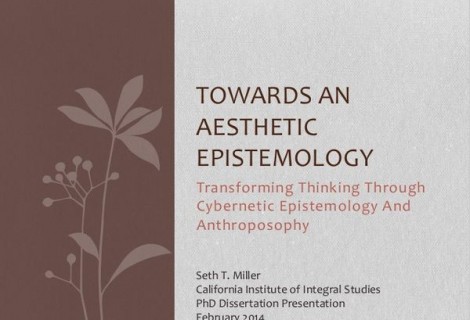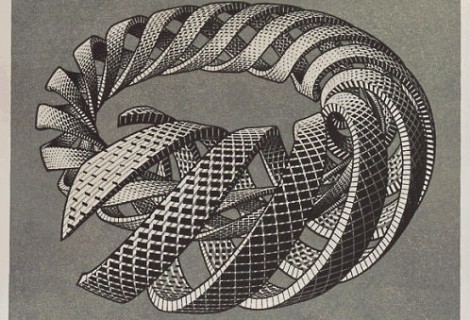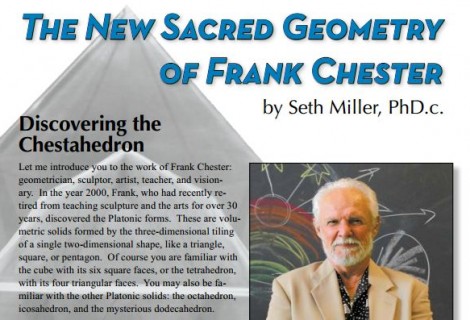Goethean Phenomenology, Soul Breathing, and Transformation
Goethean phenomenology acts as a transformative bridge between the researcher and a topic of inquiry. The method is unique not in that it attempts to work through the subject/object split, but rather in the WAY it attempts to do this.
Doing Goethean phenomenological research requires that one be completely open to what presents itself, while at the same time recognizing that one’s perceiving is an active force with regards to the topic of inquiry; the topic changes researcher, and the researcher change the topic.
The Goethean phenomenological method (GPM) asks that one address the topic in a complex way; it must be approached from many angles in order to gather as much potentially relevant data as possible. The data are continually taken inward and addressed, particularly with attention to the sequencing, timing, and subtle morphological differences. The goal is in part to be able to re-create, inwardly, an exact sensory imagination that moves with the same gesture as the phenomenon when observed ‘outwardly’.
Normally, one takes as an ‘object’ of inquiry some outer phenomenon such as a plant species, a location, or a natural form or process. This restriction is not required, however addressing the alternative does require the researcher to change somewhat the way in which the method has heretofore been conceptualized and practiced. It is possible to begin with a topic of inquiry that is not phenomenologically perceptible to the outer senses: love, for example, or relations between imaginary numbers. All the same methods are used to work with the phenomenon, but different challenges arise when taking an ‘inward object’ as the focus of inquiry.
The primary challenge arises due to the unequal stages of development of our outer and inner organs of perception. My eyeball provides visual information in a way that is highly correlated with the way in which your eyeball provides you with visual information. Despite the variety of potential sensory differences, on the whole physical human sensory capacities share a high degree of correlation, especially when compared with more subtle (non-physical) senses.
This is not as problematic as it may seem, because implicit in the GPM is a continual oscillation between the subject and the object, and likewise between conceptual and perceptual experience. In fact, part of the goal of the GPM is to create the capacity (we could call it what it is: a soul-capacity) that allows our soul to move with the gesture of the unfolding phenomenon, as if from the inside-out… and then to come ‘back’ to oneself in order to become aware of that experience in a way that is not available when you are ‘in it’. Dennis Klocek, a practitioner of this method, calls this process “soul-breathing.” which is a very accurate description of what is occurring. Indeed, the process of working phenomenologically in this way provides the very training necessary to develop one’s soul-capacities in a way that is commensurate with the phenomenon. The practice of Goethean phenomenology is thus recursive; its practice changes how one can practice it. This recursivity forms a conceptual and perceptual loop which forms the basis for the development of the soul-organ of perception that is keyed to the particular phenomenon in question.
Goethean phenomenology, as Goethe himself stated, is “delicate.” because the role of the inquirer is paramount in the endeavor; one cannot simply follow an established external protocol and expect results. Rather, results arrive through a process of mutual interactivity between one’s own development and the simultaneous ‘unfolding’ of the phenomenon in question.
This method, in many ways, embodies principles from participative inquiry, in that the method actually takes the ‘object’ as a ‘subject’, and treats it accordingly. The researcher is not the ultimate authority on the phenomenon, but rather attempts to give the phenomenon voice. We could actually say that the role of the researcher is to place him or herself in service to the unfolding nature of the phenomenon in all its complexity, so that it can live in an imagination that is exact with respect to the movement, transformation, and unfolding of the phenomenon (which is inseparable from the movement, transformation, and unfolding of the researcher); this allows the researcher to ultimately ‘speak for’ the phenomenon. In a way, the researcher’s agenda is to give up the agenda in favor of the unfolding of the phenomenon. This can only happen when the researcher becomes capable of perceiving in a way that is generally opposed to the dictates of normal human day-waking consciousness, which lives primarily in a constructed boundary called the “self” through which all experience is filtered.
Goethean observation softens this boundary, makes it a semi-permeable membrane, and allows part of our soul to live through its inner movements into the unfolding of the other. In this way, a real ‘dialogue’ begins to take place between the researcher and the phenomenon (rather than a purely self-relating inner dialogue where two aspects of oneself face each other, i.e. a monologue disguised as a dialogue). It truly feels like one is dialoguing with the phenomenon, just as one would with another human being, but through an expanded language of gestures, tones, and subtle feeling-movements, rather than explicit words. This allows for the creation of a shared ‘language’, consisting of inner soul movements that take the form of metamorphosing inner pictures (not simply visual, but tonal, gestural) which are exact analogues to the processes that the chosen ‘object’ of study move through.
In this way, Goethean phenomenology requires and precipitates the transformation of the researcher. Indeed it is only through transformation that a researcher can learn to hear the continual whispering of what Goethe called nature’s ‘open secrets’.






